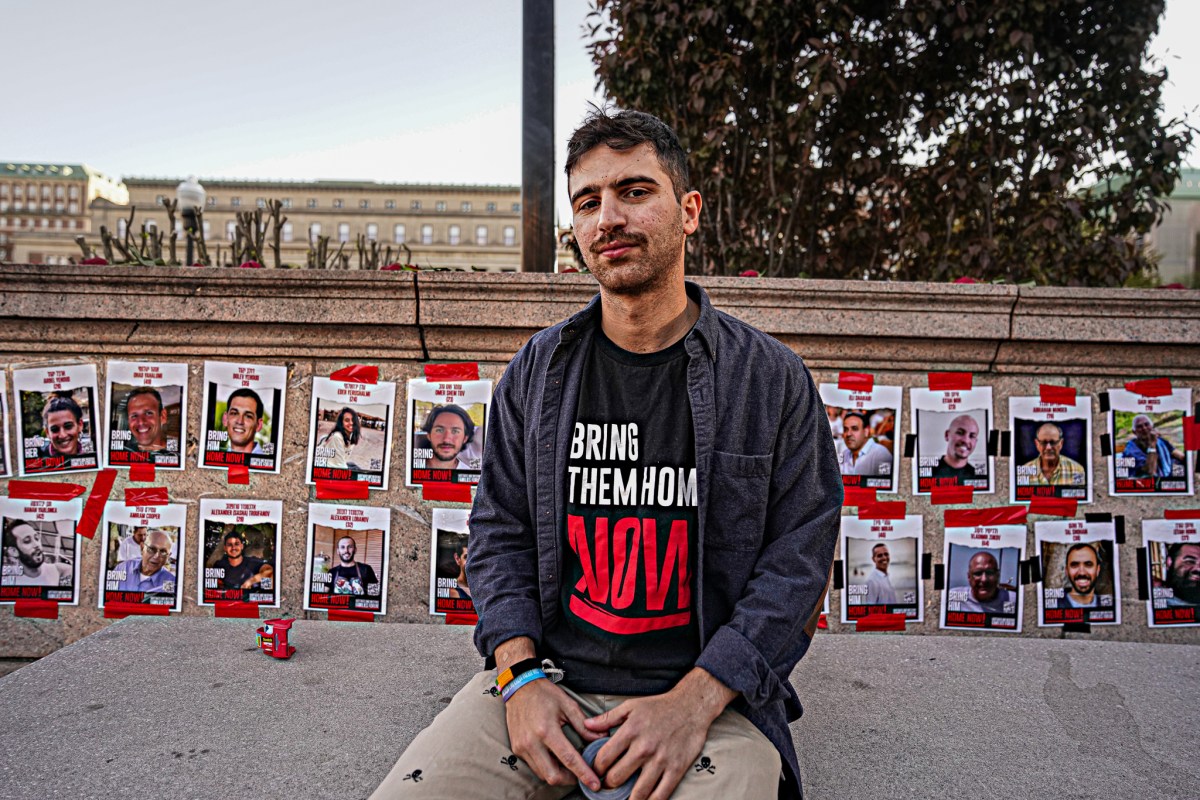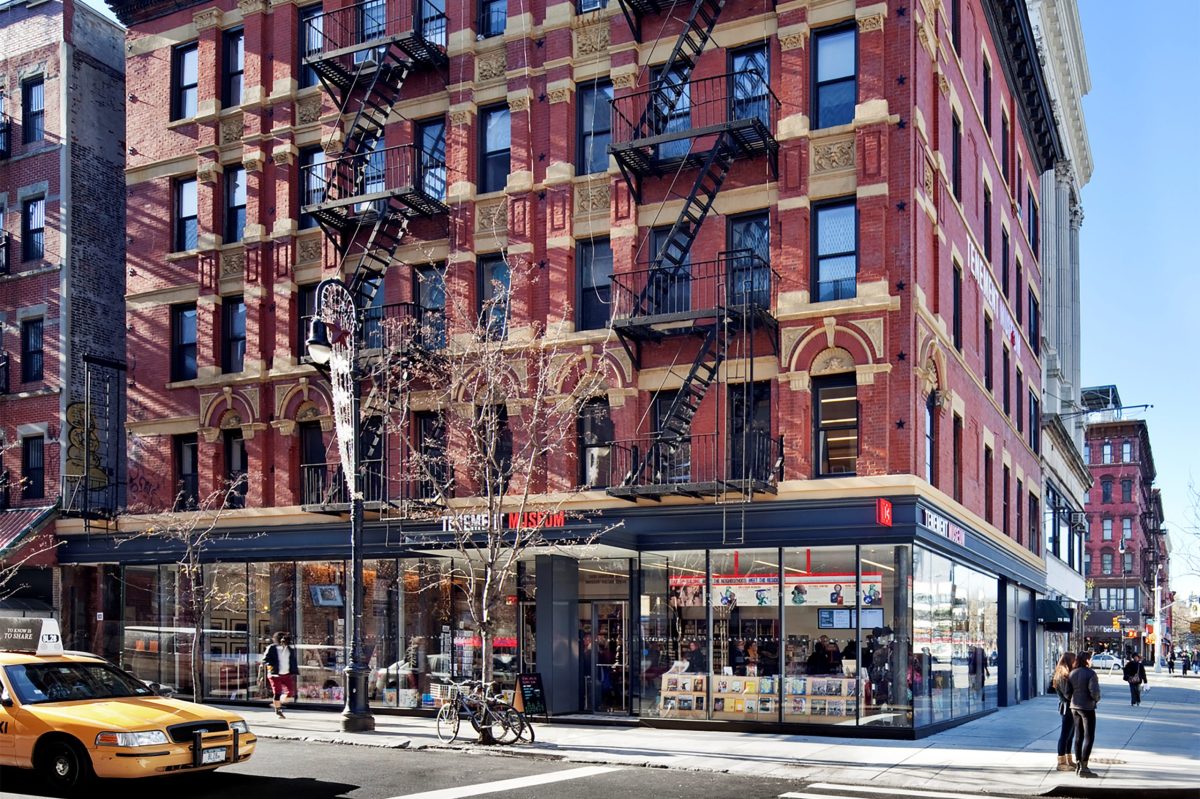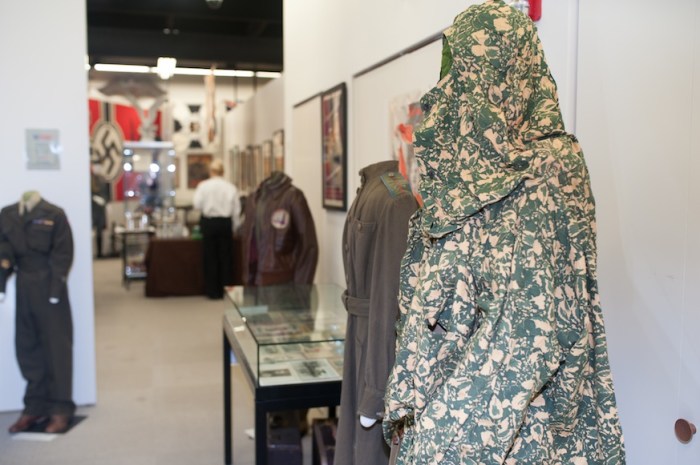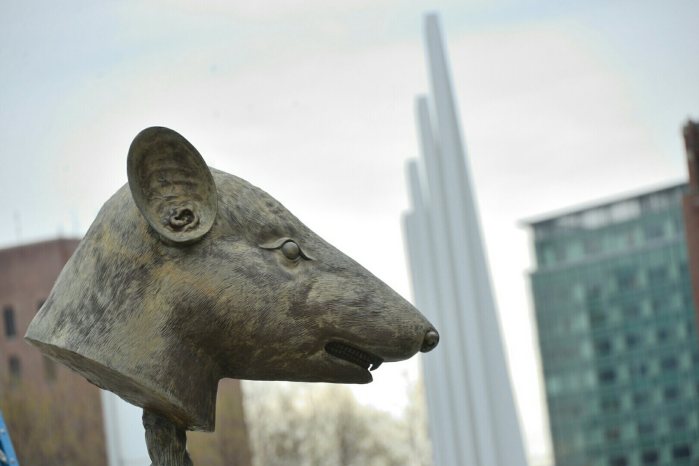“Hamilton” mania may have begun in a theater, but New York City has ties to the founding father in every corner. And fans want to discover them all.
“With the excitement around the Broadway show, people are craving information about Alexander Hamilton,” says Jennifer Schantz, chief operating officer at the New-York Historical Society. To feed the revolutionary fervor, the museum is launching Summer of Hamilton on July 4, a sprawling exhibit that looks at Hamilton’s entire life, from his childhood to a young man courting his future wife, to his time as one of America’s most colorful statesmen — much of which happened right here. “I find him very inspiring,” Schantz says. “He was an immigrant, he had nothing, but he made himself into who he was with hard work and stamina. He’s this ultimate New Yorker.”
Schantz gave us an overview of how the Historical Society will tell his story.
The museum has gone all-out for Hamilton before with a large exhibit in 2004 that wrapped the building’s exterior in the $10 bill. But this is next-level. In addition to its own collection of Hamilton paraphernalia, the Historical Society has pulled together items like Hamilton’s writing desk from the Museum of the City of New York, a clock that Hamilton presented to the Bank of New York and letters and documents from the Gilder Lehrman Institute of American History. Facets of the complex man have been divided among several areas of the Historical Society. The library is devoted to Hamilton’s legacy, from his emotion-driven political rhetoric (including the scandalous open letter he wrote about John Adams) to documents by people including his wife, Elizabeth Schuyler Hamilton, who would go on to tell his story. Downstairs in the Dimenna Children’s History Museum, there’s a pavilion about his childhood in St. Croix. Incredibly personal items such as a mourning ring set with a lock of Hamilton’s hair and one of the love letters he wrote to his future wife sit side-by-side with some of the earliest coins printed by the U.S. Mint, which Hamilton established and, of course, the notorious Reynolds Pamphlet. The musical, Schantz points out, portrays Aaron Burr as only interested in himself, but he was much more than Hamilton’s lifelong frienemy. “What’s interesting about Aaron Burr is that he was a proponent of women’s rights,” Schantz says. “He was very close to his daughter, Theodosia, and he supported her education. He and his wife wrote long letters that were quite intellectual. So, in a way, he was a feminist.” Also on display are the letters he and Hamilton exchanged — 30 years of disagreements, indeed — before resorting to the duel that would prove fatal to Hamilton, and lead Burr to flee to France. The Broadway musical, in essence, brought Hamilton back to life, and the Historical Society is looking to do the same with talks and hands-on demonstrations. Hamilton Fridays kick off on July 8 with, appropriately, a singalong to the Broadway show’s soundtrack (sign up for a solo part!) Hardcore fans will want to mark their calendars for July 10, when the Hamilton-Burr duel will be re-enacted. Then on July 15, Trinity Church archivist Annie Petrimouix will discuss Hamilton’s spiritual life. Revolutionary War re-enactors will discuss tactics and life on the battlefield, and George Washington himself will also stop by. “It’s a really fun way to learn about history by actually speaking to someone who is embodying that person,” says Schantz. In addition to preserving history, the museum is also helping the next generation make some of their own. Catch screenings of films like “Evita” and “Jesus Christ Superstar” that Lin-Manuel Miranda credits with inspiring the Broadway show. Grab a the New-York Historical Society’s guide to the places in the city that shaped him, from Columbia University to his home, the Morris-Jumel Mansion. The exhibit could also be a helpful starting point for future politicians, Schantz points out: “Understanding history helps guide how we should proceed in the future.”
Alexander Hamilton’s life, from child to fiery politician, at the NY Historical Society
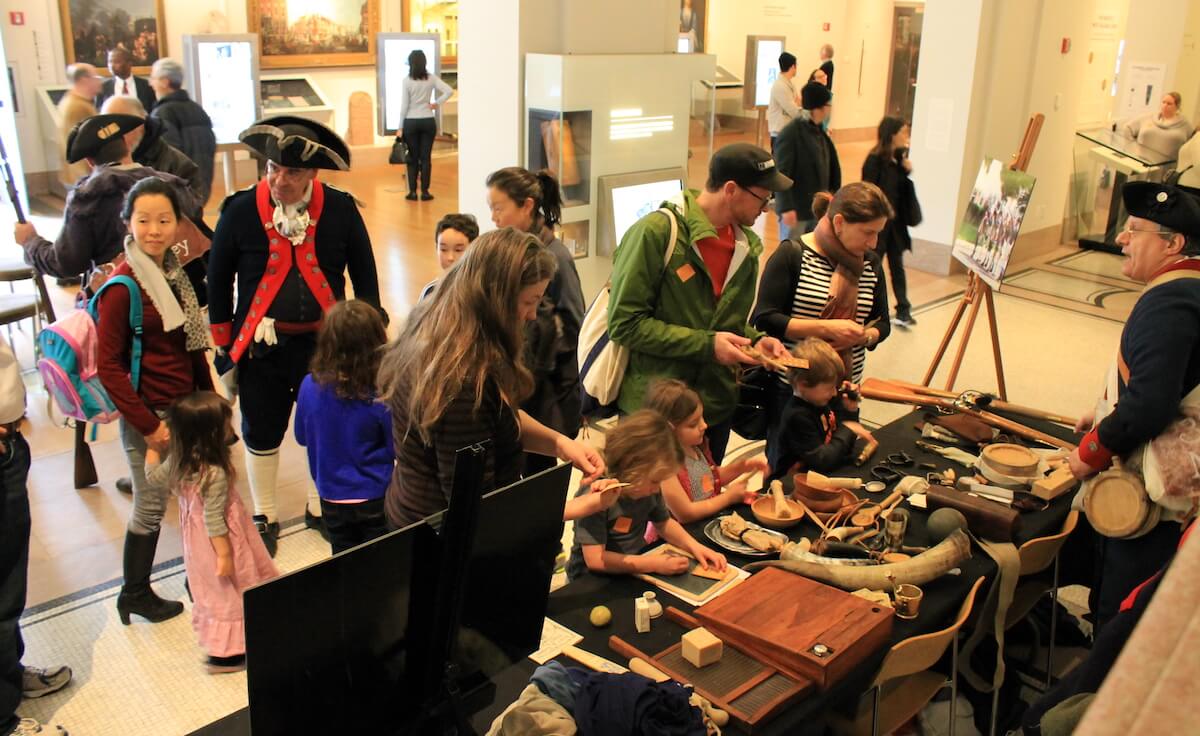
New York Historical Society






